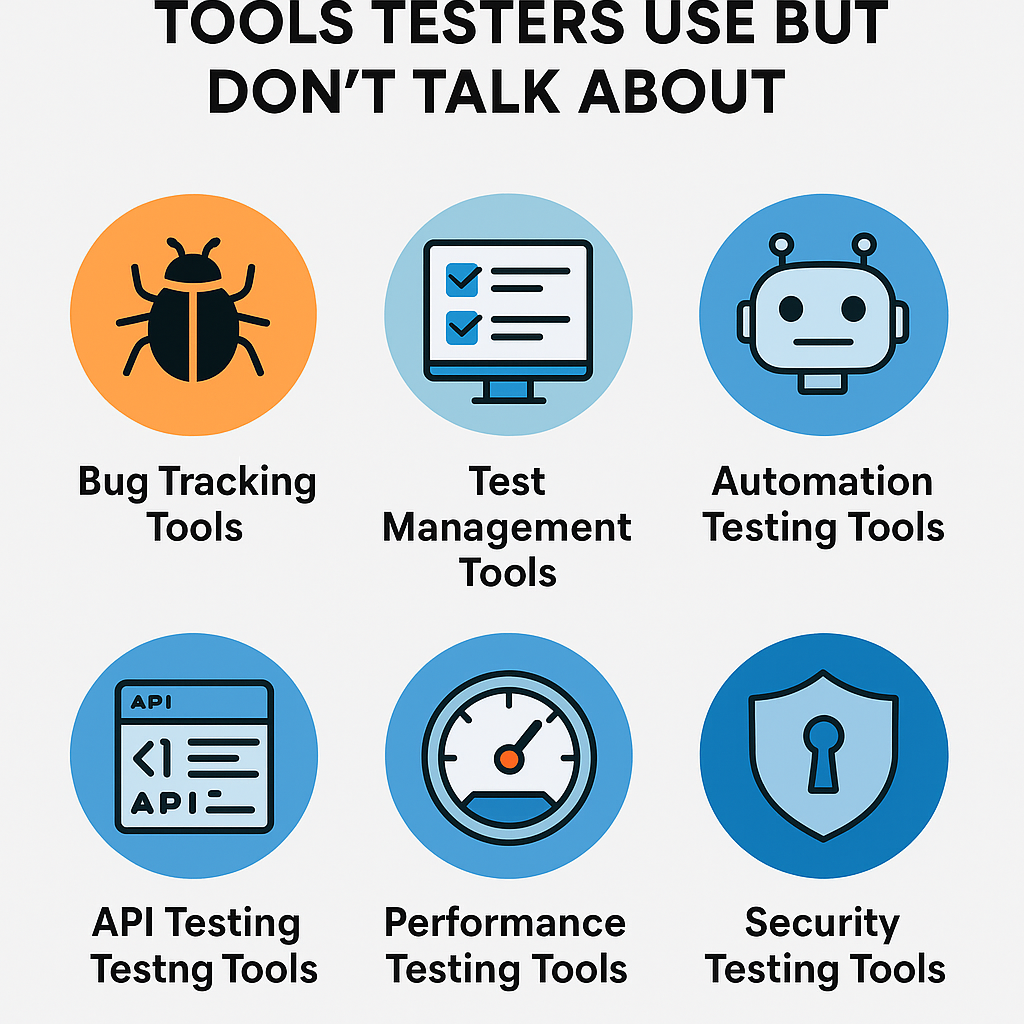Imagine you’ve built a beautiful new house, but the lights flicker, the doors creak shut, and the kitchen faucet leaks. These imperfections would make it hard to live there, right? Software defects are similar glitches in the digital world to glitches in the digital world.
What is a Defect in Software Development?
A defect, commonly referred to as a bug, refers to any flaw or inaccuracy in a software program that results in an unforeseen or incorrect outcome. It’s a deviation from how the software was intended to function. These defects can range from minor inconveniences to major crashes, making the user experience less enjoyable and potentially causing security issues.
Types of Defects in Software Development
Software defects can be categorized into several types.
- Functional Defects: These defects occur when a software feature fails to work as specified in the requirements. For instance, an e-commerce app might incorrectly calculate the total price of a shopping cart.
- Non-Functional Defects: These defects have an impact on the software’s overall usability, performance, or reliability. Examples include slow loading times, memory leaks, or unexpected crashes.
- Usability Defects: These defects make the software difficult or frustrating to use. Interfaces that are unclear, navigation that is hard to use, or error messages that are poorly written can all fall into this category.
- Security Defects: These defects leave the software vulnerable to unauthorized access, data breaches, or other malicious attacks.
Trending tutorials related to Defect
What is a Defect? What is the Defect life cycle?
What is the Defect Management Process?
What are the various advantages and disadvantages of the Defect Management Process?
What is the Cost of Defects in Software Testing?
How to write a Defect report in Excel?
What is a failure in software testing?
Conclusion
Defects are an inevitable part of software development. However, by understanding the different types of defects, the reasons they occur, and how to prevent them, you can significantly improve the quality of your software and deliver a better product to your users.












